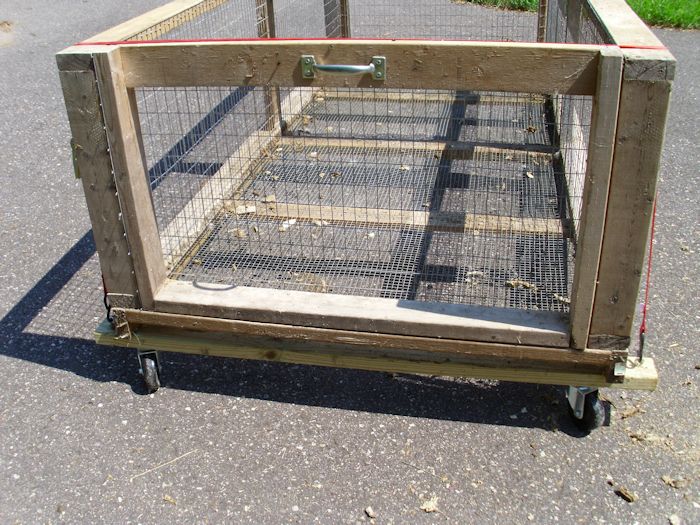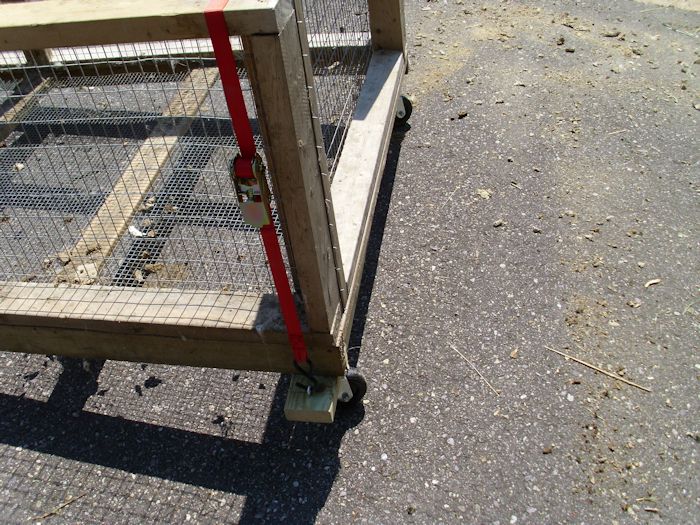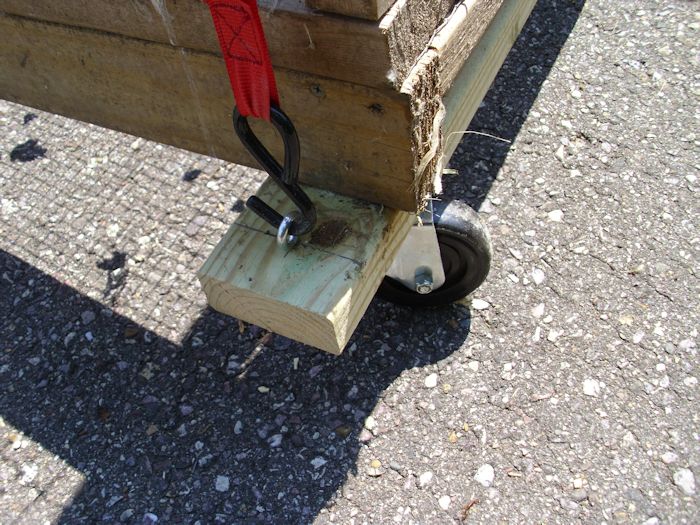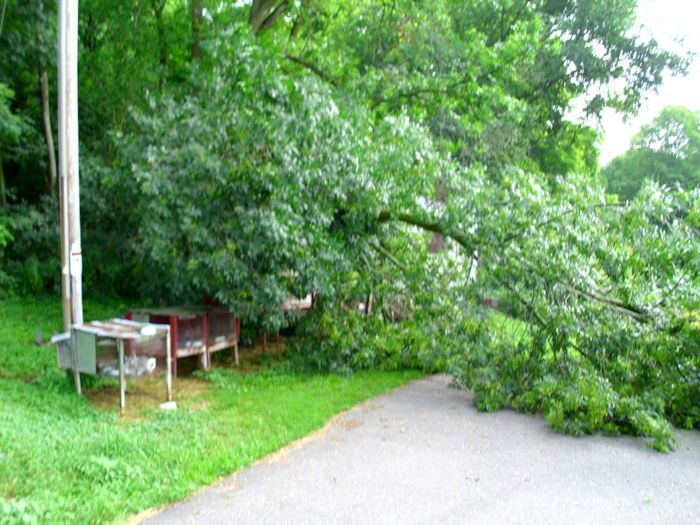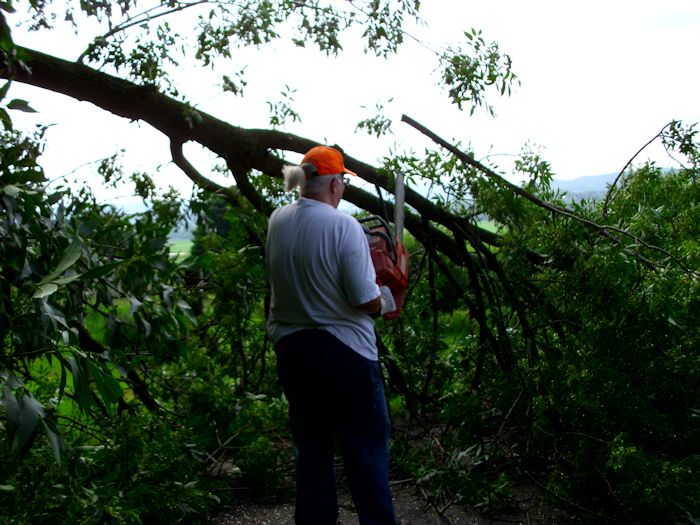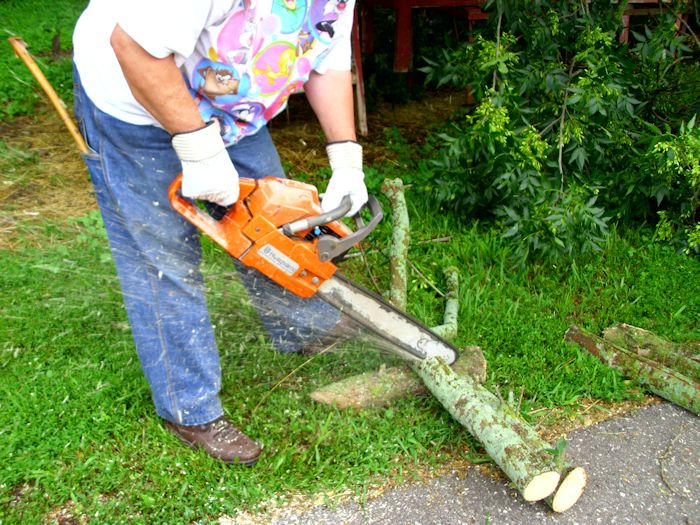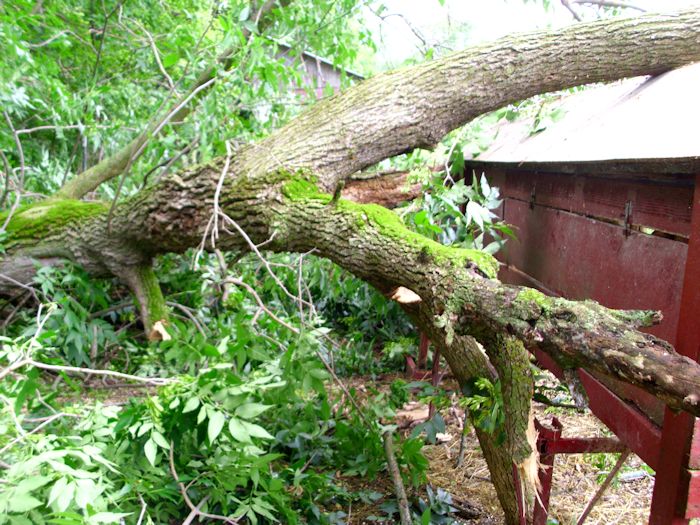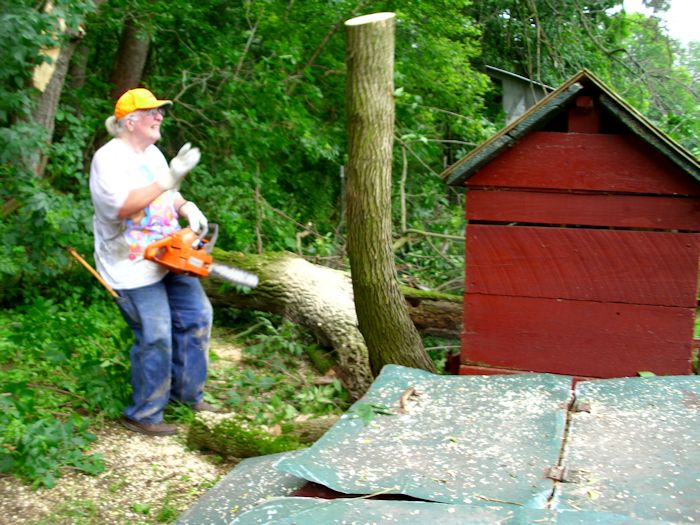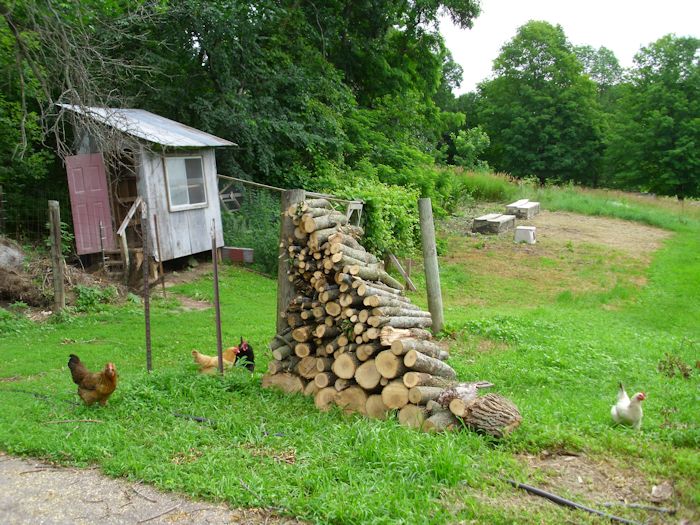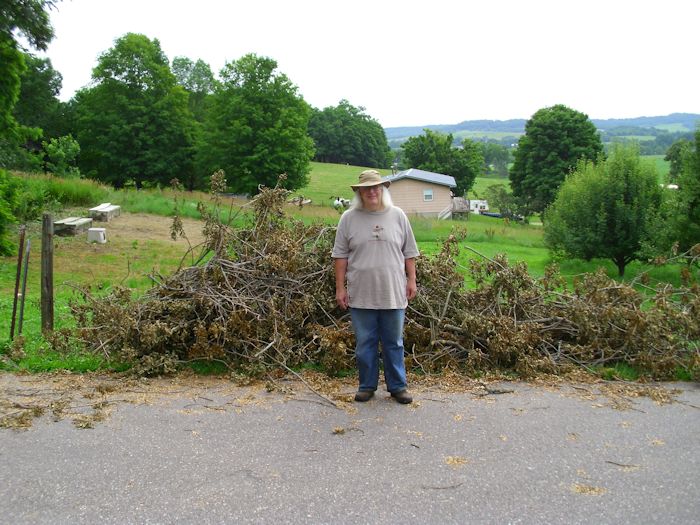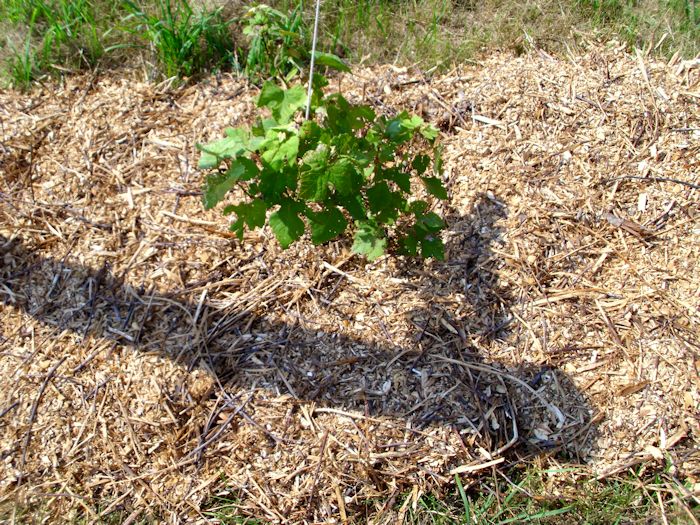Having spent 10 years in the Navy, I know that military life can provide some benefits that translate well into civilian life. Enforced discipline, often described as training, does create an environment in which you can learn how to perform tasks more efficiently and with greater success. The training isn’t always comfortable, but the feeling of success when the training is over is always amazing. That’s why I went through the Ten Workplace Lessons From the Military slideshow on Baseline with great interest. It actually does help you understand how someone who has had military training can provide significant benefit to an organization of any sort.
From a personal perspective, I credit my military training with giving me drive and ambition required to write books and to also work through many of the issues in self-sufficiency that I have. The techniques that I learned in the service have translated well into creating an environment where I can work productively and ensure good results. The organizational and planning skills I gained in the service still serve me well today. I’m not saying that I succeed every time—far from it, but I have learned to keep trying until I find a way to succeed.
My service was quite some time ago, so I can’t speak to the training that the military receives today with any authority. However, judging from the content of the slideshow, I’d say that the military still values the kinds of things that helped me become the sort of person I did after I left the service. Things like learning to see what is important in a list of to do items, and what isn’t, is part of the military way of doing things. You never have enough time to complete a to do list in the service—prioritizing is a must.
The main reason I’m writing this post today is to support my fellow veterans. When you hire a vet, you’re getting someone with a broad range of experiences that you simply can’t get outside of the military. You get someone who had the drive to complete tasks under fire and will certainly have the same drive to complete tasks for your organization. Let me know your thoughts on the military method of management at [email protected].



